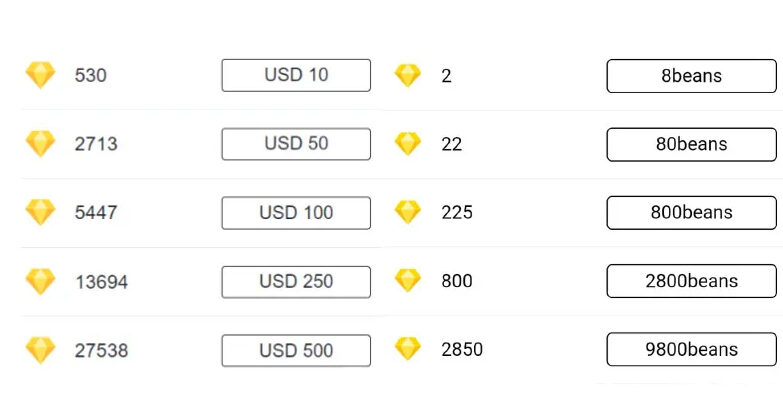The oil filter removes contaminants from the oil in your car engine that can accumulate over time while the oil keeps your engine clean.
The significance of using clean motor oil
Clearview filtration is important because if it is not filtered, it can become saturated with tiny, hard particles that can wear surfaces in your engine. This dirty oil can wear down the machined components of the oil pump and damage the engine’s bearing surfaces.
How do oil filters function?
The filter is a metal can with a sealing gasket on the outside that allows it to be tightly held against the engine’s mating surface. The gasket is held in place by the can’s base plate, which is perforated with holes around the area just inside the gasket. A central hole is threaded to mate with the engine block’s oil filter assembly. The filter material, which is typically made of synthetic fibre, is housed within the can. The engine’s oil pump directs the oil to the filter, where it enters through holes in the base plate. The dirty oil is pushed (forced) through the filter media and back through the central hole, where it enters the engine again.
Selecting the best oil filter
It is critical to select the correct oil filter for your vehicle. Most oil filters appear identical, but minor differences in thread or gasket size can determine whether or not a particular filter will work on your vehicle. The best way to figure out which oil filter you need is to consult your owner’s manual or a parts catalog. The incorrect filter can cause oil to leak out of the engine, or an ill-fitting filter can simply fall off. Either of these scenarios could result in severe engine damage.
What you pay for is what you get?
In general, the more money you spend, the better the filter. Lower-cost oil filters may have light-gauge metal, loose (or shredding) filter material, and poor-quality gaskets, all of which can lead to filter failure. Some filters may filter out smaller particles of dirt better than others, and some may last longer. As a result, you should investigate the features of each filter that fits your vehicle to determine which one best meets your requirements.
How do oil filters function?
The filter is a metal can with a sealing gasket on the outside that allows it to be tightly held against the engine’s mating surface. The gasket is held in place by the can’s base plate, which is perforated with holes around the area just inside the gasket. A central hole is threaded to mate with the engine block’s oil filter assembly. The filter material, which is typically made of synthetic fibre, is housed within the can. The engine’s oil pump directs the oil to the filter, where it enters through holes in the base plate. The dirty oil is pushed (forced) through the filter media and back through the central hole, where it enters the engine again.
You get exactly what you pay for
In general, the better the filter, the more money you spend. Low-cost oil filters may be made of light-gauge metal, have loose (or shredding) filter material, and have poor quality gaskets, all of which can lead to filter failure. Some filters may be better at filtering out smaller dirt particles than others, and some may last longer. As a result, you should research the features of each filter that is compatible with your vehicle to determine which one best meets your needs.







